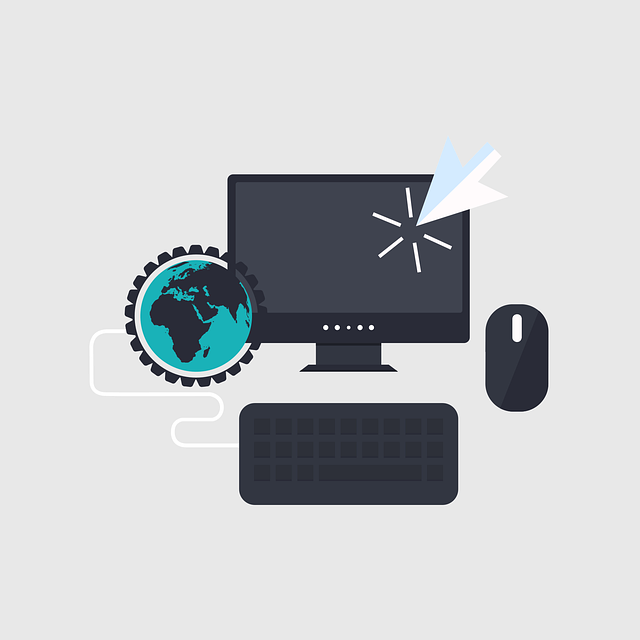AI-powered systems are transforming car repair businesses by managing workflows more efficiently. These intelligent solutions automate tasks like diagnosing issues, inventory management, and predicting component failures using algorithms and machine learning. Benefits include optimized scheduling, reduced wait times, improved productivity, and better data organization, ultimately enhancing customer satisfaction through enhanced accuracy and streamlined processes.
In today’s competitive market, car repair businesses must optimize their operations to save time and reduce costs. Integrating AI-powered systems into auto shop workflows is a strategic move that can revolutionize traditional practices. This article explores how AI is transforming the automotive industry, focusing on key features of efficient auto shop systems. We’ll delve into the benefits and provide implementation tips for AI time-saving strategies, empowering businesses to stay ahead in the race for productivity.
- Understanding AI Integration in Car Repair Workflows
- Key Features of AI-Powered Auto Shop Systems
- Benefits and Implementation Tips for AI Time-Saving Strategies
Understanding AI Integration in Car Repair Workflows

In today’s digital era, car repair businesses are exploring ways to streamline their operations and enhance efficiency. One revolutionary approach is integrating AI-powered systems into their auto shop workflow management. These intelligent solutions can automate various tasks, from diagnosing vehicle issues using advanced algorithms to managing inventory levels based on historical data. By leveraging machine learning capabilities, AI systems can analyze patterns in repair trends, predict component failures, and suggest proactive maintenance plans.
This technology also facilitates better scheduling and resource allocation. AI-driven scheduling tools can optimize appointments by considering factors like technician availability, vehicle complexity, and estimated repair duration. As a result, car repair businesses can reduce wait times for customers, improve overall productivity, and enhance customer satisfaction. In terms of data management, AI-powered systems can digitize and organize vast amounts of information, making it easier to access and analyze critical repair data quickly.
Key Features of AI-Powered Auto Shop Systems

AI-powered systems are transforming car repair businesses by streamlining their workflows, enhancing efficiency, and saving precious time. These innovative solutions offer a range of key features tailored to the unique needs of auto shops. From intelligent scheduling and automated diagnostics to integrated parts management and customer communication, these systems streamline every step of the repair process.
By leveraging machine learning algorithms, AI-driven auto shop systems can analyze vast amounts of data to predict part failures, suggest maintenance schedules, and provide accurate cost estimates. This not only reduces human error but also enables mechanics to prioritize tasks more effectively, minimizing wait times for customers. Moreover, these systems offer real-time updates, ensuring everyone involved in the repair process is on the same page, leading to improved collaboration and overall productivity.
Benefits and Implementation Tips for AI Time-Saving Strategies

AI-powered systems for auto shop workflow management can significantly revolutionize car repair businesses by streamlining processes, reducing human error, and increasing overall efficiency. These intelligent tools are designed to handle repetitive tasks, such as scheduling appointments, managing inventory, and diagnosing vehicle issues, allowing technicians to focus on more complex repairs. By implementing AI, auto shops can expect shorter wait times for customers, improved accuracy in parts ordering, and better resource allocation.
To maximize the benefits of AI integration, businesses should start by assessing their current workflows and identifying areas where automation can make the most impact. Training staff to use new AI-based systems effectively is crucial. This may involve initial resistance from employees but providing clear communication about the advantages and offering adequate support during the transition can ensure a smooth adoption process. Regular reviews and updates of AI strategies are also essential to adapt to evolving industry needs and technological advancements.
AI integration offers car repair businesses a powerful tool to streamline their operations and save time. By adopting AI-powered systems for auto shop workflow management, businesses can automate repetitive tasks, enhance efficiency, and provide faster service. These strategies not only benefit the shop’s bottom line but also improve customer satisfaction through reduced wait times. Embracing AI technologies is a step towards a more modern, productive, and competitive automotive repair industry.
